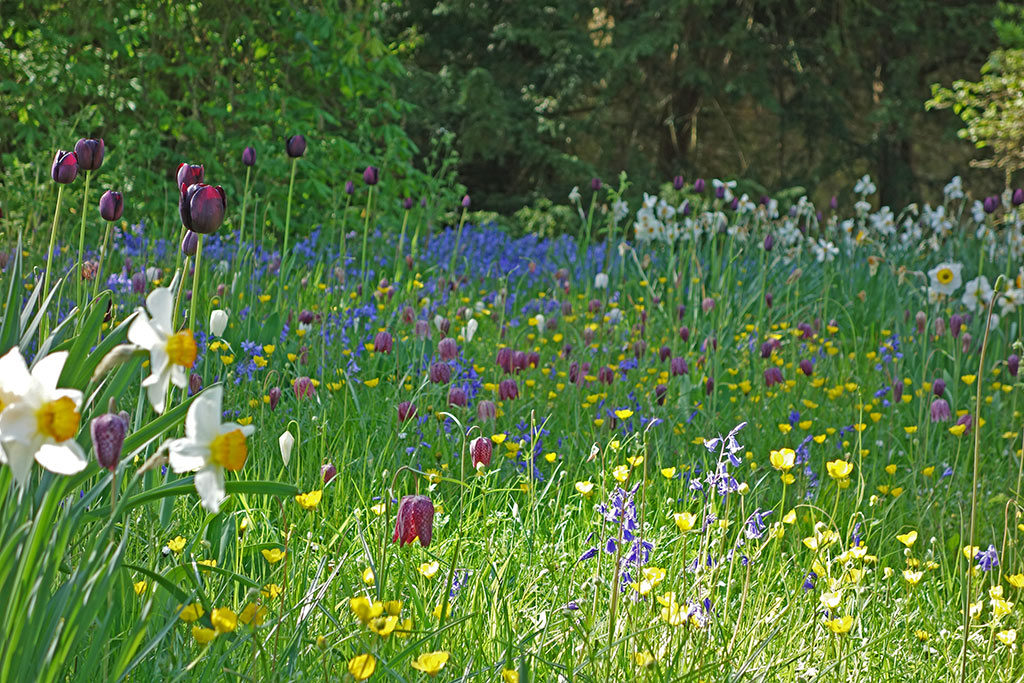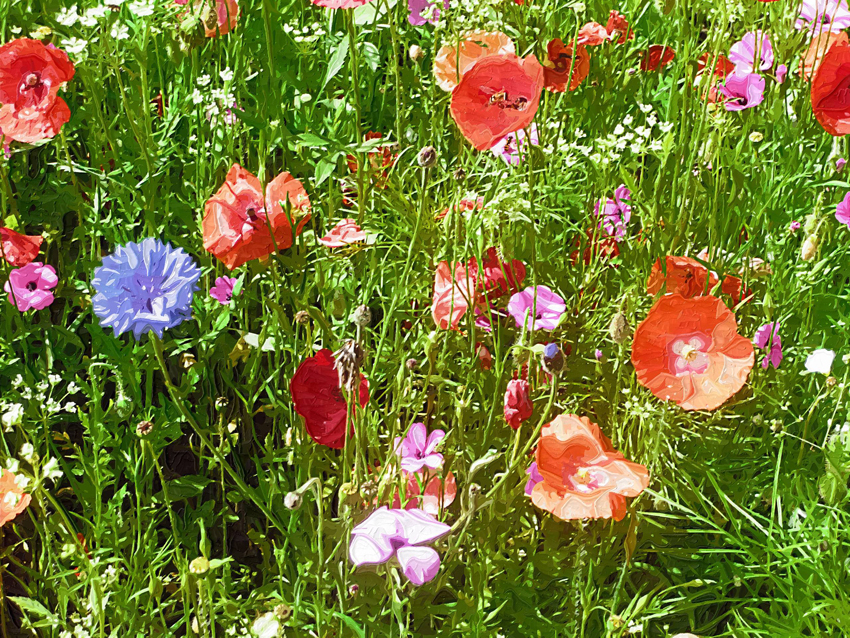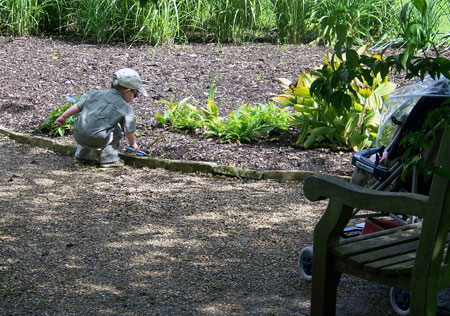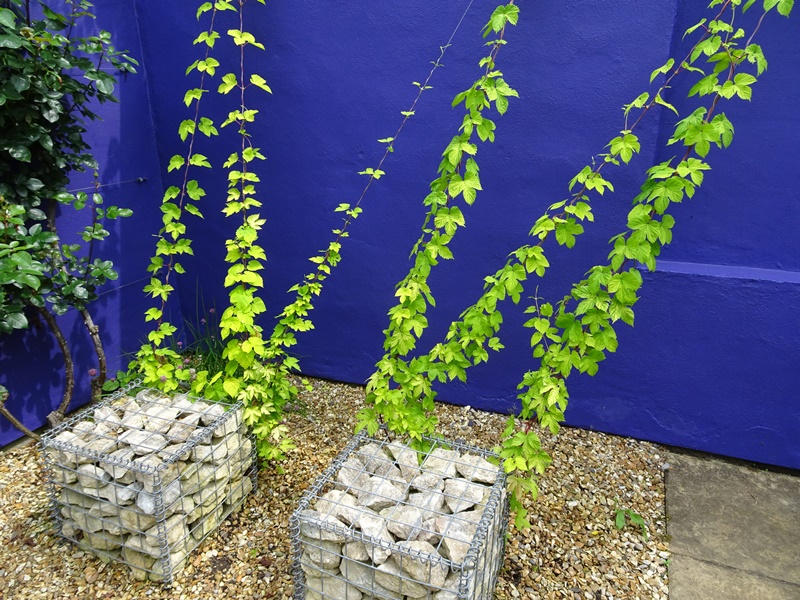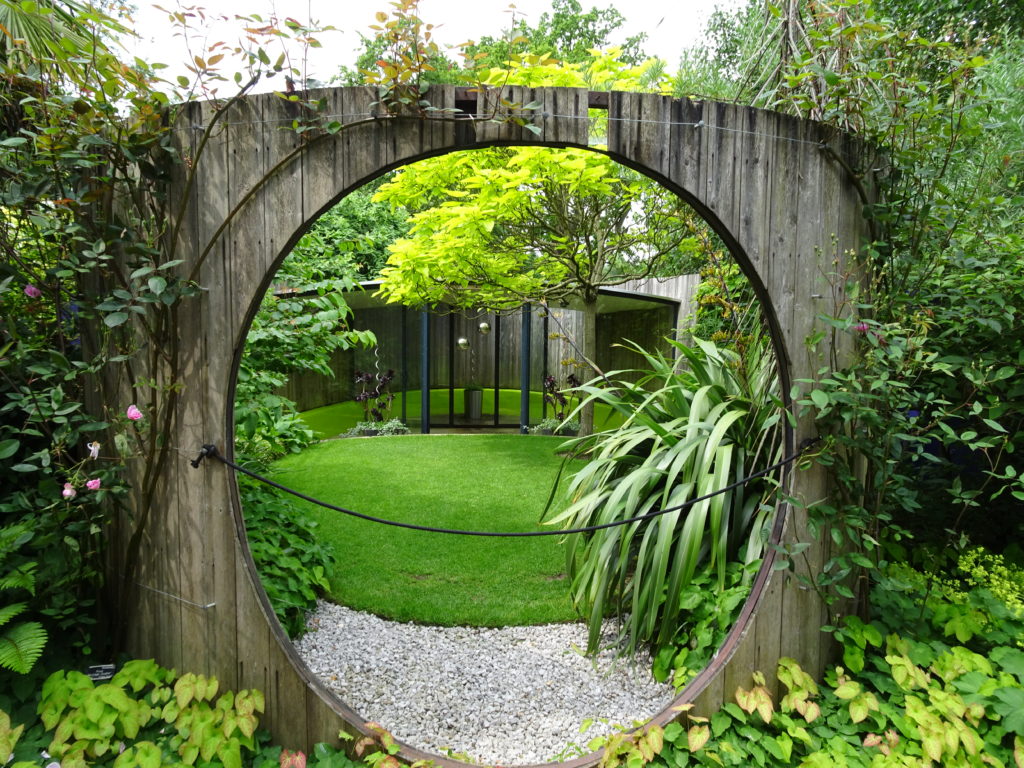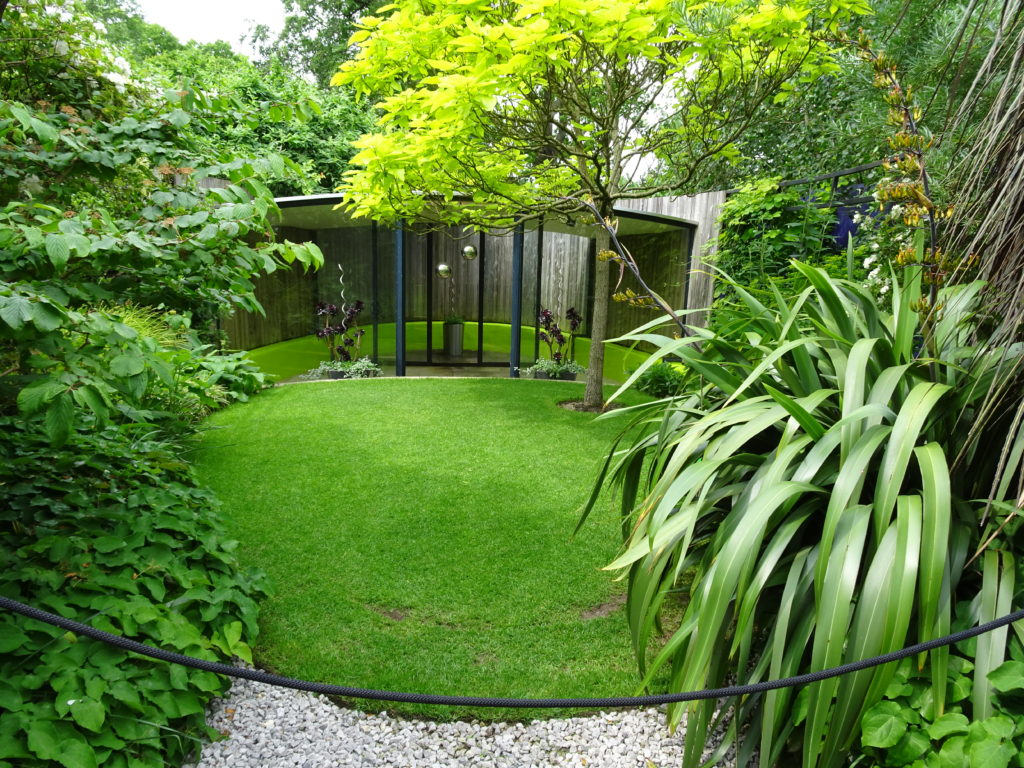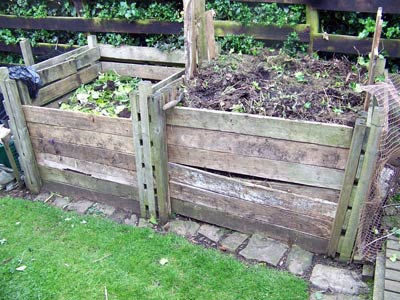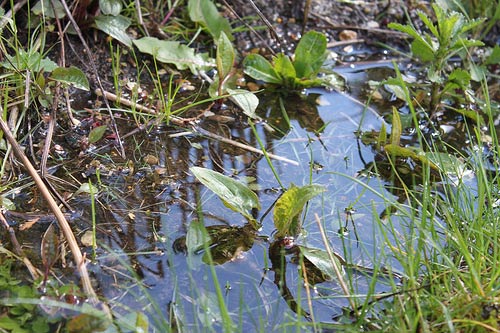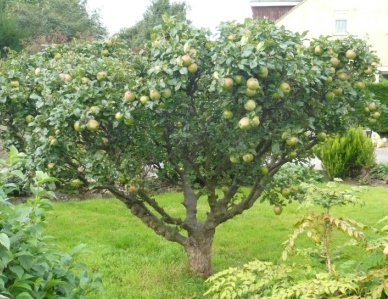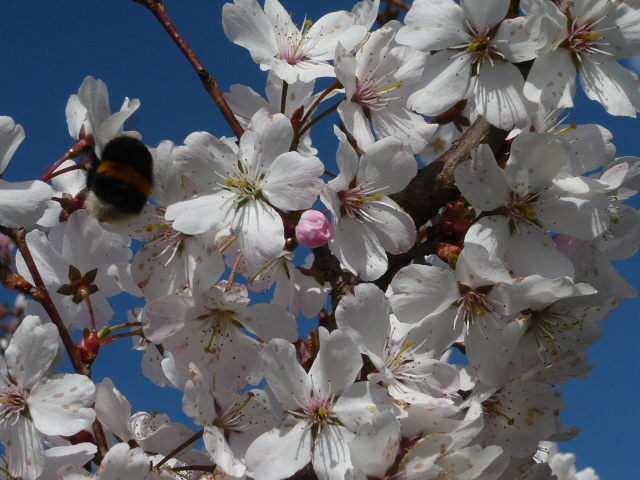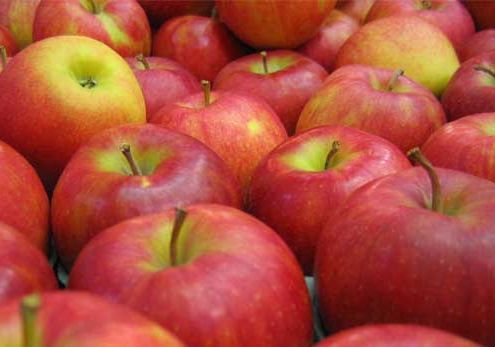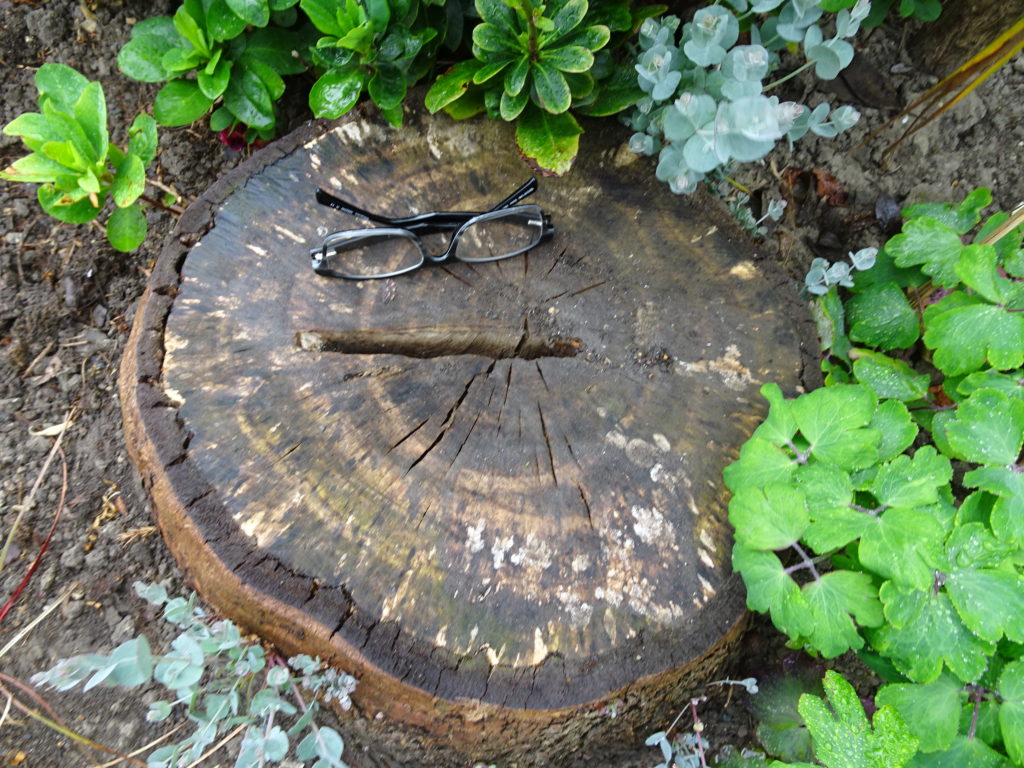Garden Advice to a Daughter
These notes are designed as advice to a daughter who has just moved into a 1920’s house with a long, narrow back garden and a postage stamp sized front grass patch.
Current Layout and Issues
- The front is open to cats and the quiet road with a footpath at one side leading to the door, edged by a rough hedge.
- The other side of the front is partnered to a well kept neighbors garden fence and a motley collection of shrubs. Under the bay window is ruble trouble.
- The extended kitchen at the rear provides a small sit’out’ery and place for pot plants.
- A high trellis fence along the length of the garden displays nothing much and there is only a pencil strip of soil at its base.
- I don’t expect the garden to look like this next time I visit but annuals and begonias can add a splash of colour

Quick Fixes
- Cut and edge the grass at the front even though the ground is very uneven. Don’t worry about the weeds in the grass until you can call it a lawn.
- Lower the 6 foot high privet hedge to say 3 feet and make it narrower at the top than the bottom. An ‘A’ shaped hedge is easier to maintain. Privet, Yew and mixed hedges will regrow, only looking rough until next summer.
- Get the neighbors to cut down the overgrown inappropriate sized tree that is over-shadowing your garden. At best a good trim of over hanging branches would be a start.
- Get a new lockable garden hut.
- Clear up old attempts at compost heaps by spreading or burying. I would go for a themo plastic box composter.
